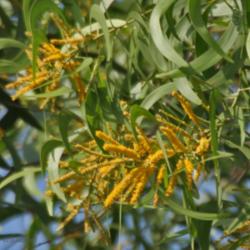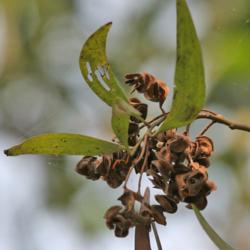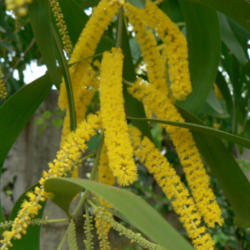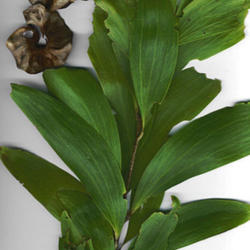| Plant Habit: | Tree |
| Life cycle: | Perennial |
| Sun Requirements: | Full Sun Full Sun to Partial Shade |
| Water Preferences: | Mesic |
| Plant Height: | 25 to 50 feet or more |
| Leaves: | Evergreen |
| Fruit: | Edible to birds Dehiscent Other: Oblong, flat pods are twisted at maturity and contain flat, black seeds that are attached by orange string-like arils. |
| Flowers: | Showy Fragrant |
| Flower Color: | Yellow |
| Bloom Size: | 2"-3" |
| Uses: | Shade Tree Useful for timber production |
| Wildlife Attractant: | Bees |
| Resistances: | Humidity tolerant |
| Conservation status: | Least Concern (LC) |




